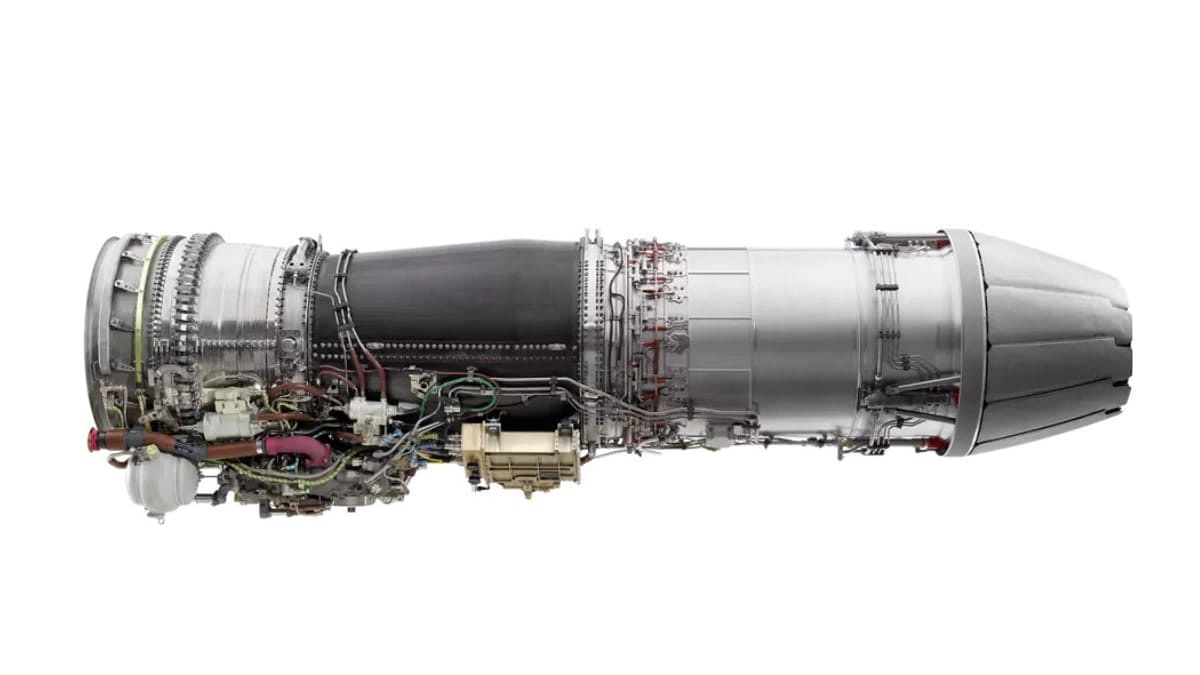SOURCE: AFI

The recent Shangri-La Dialogue in Singapore witnessed a significant development in US-India defense relations. US Defence Secretary Lloyd Austin highlighted the “very strong relations” between the two nations and announced progress on a collaborative project – the co-production of fighter jet engines and armored vehicles.
As part of this initiative, India will be receiving 80% of the Transfer of Technology (ToT) for the advanced F414 engine, which will be manufactured by Hindustan Aeronautics Limited (HAL) in India. This engine is set to power the Tejas MkII program, a key component of India’s indigenous defense modernization efforts.
The F414 engine, a high-performance powerplant used in advanced fighter jets, represents a substantial technological leap for India’s aerospace industry. The engine’s co-production in India will not only boost the Tejas MkII program but also foster indigenous manufacturing capabilities. This collaboration aligns with India’s “Make in India” initiative, aimed at reducing reliance on foreign imports and enhancing self-sufficiency in defense production.
The 80% ToT for the F414 engine signifies a deep level of trust and cooperation between the U.S. and India. It will enable Indian engineers and technicians to gain critical insights into advanced aerospace technology, paving the way for future innovations and developments in the sector. This partnership is expected to create significant economic opportunities, generate employment, and strengthen India’s defense industrial base.
In addition to the fighter jet engine collaboration, the U.S. and India will co-produce Stryker armored vehicles. The Stryker, known for its versatility and combat effectiveness, will enhance the Indian Army’s ground combat capabilities. Co-production of these vehicles in India will involve significant technology transfer, allowing Indian defense manufacturers to develop and integrate advanced vehicle systems.
The introduction of Stryker armored vehicles will provide the Indian Army with improved mobility, protection, and firepower, essential for modern combat scenarios. This initiative will also contribute to the broader defense cooperation framework, fostering greater interoperability between Indian and U.S. armed forces.
The historic progress in co-producing fighter jet engines and armored vehicles marks a new chapter in India-U.S. defense relations. This collaboration is a testament to the strong and enduring partnership between the two democracies, driven by mutual interests and shared values.